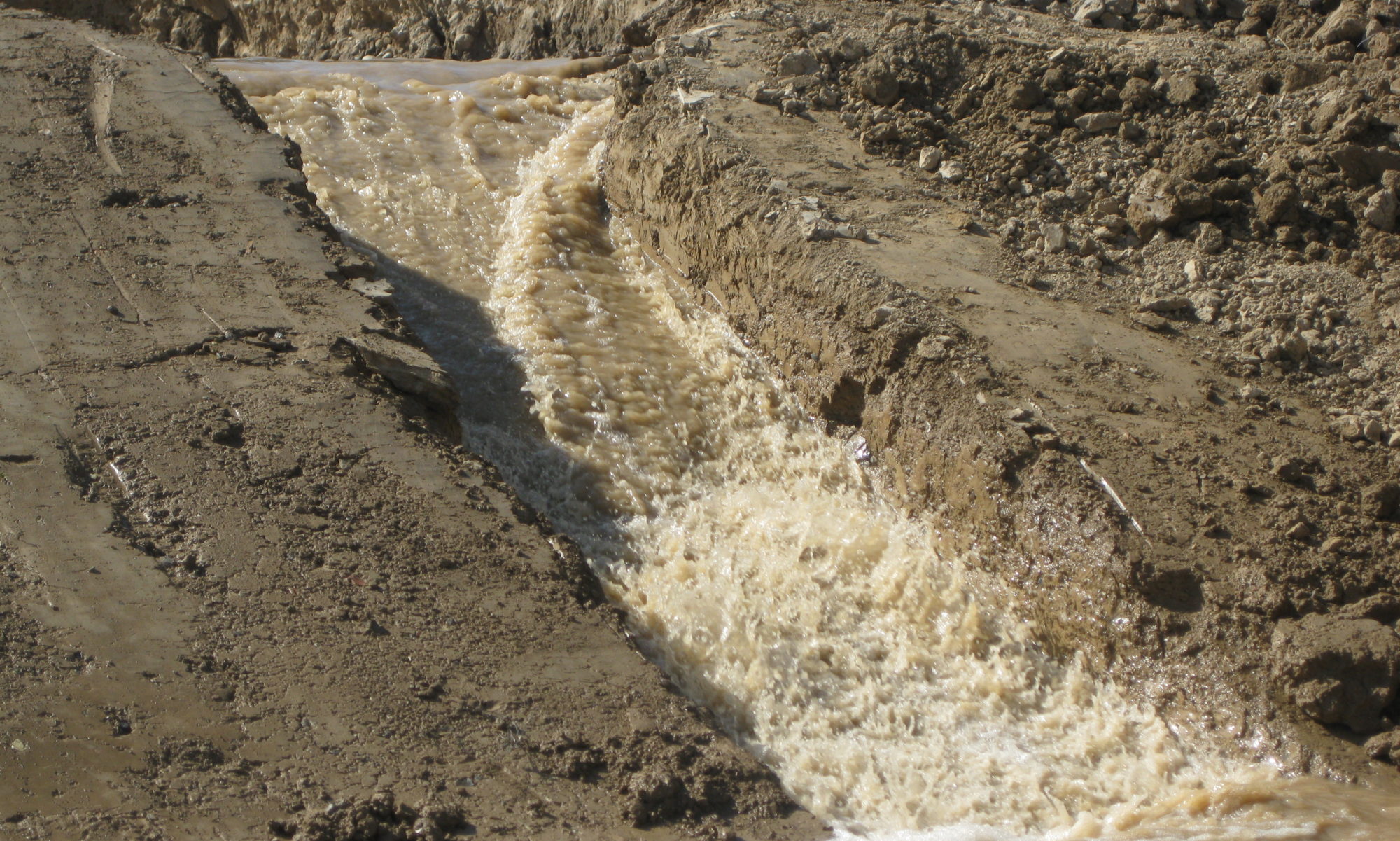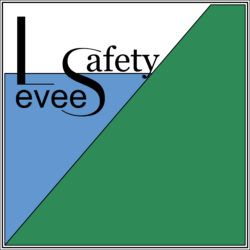In many countries, many of existing levees were built years ago with the intent of protecting crops from flooding. Urbanization on land protected by levees has increased the risk to public health and safety associated with potential levee failure.
Awareness and continuous vigilance are vital to enhancing the security of levees.
Security protocols should be captured in a comprehensive preparedness program and an effective emergency preparedness plan should be maintained.
Preparedness activities are aimed at planning, organizing, training, equipping, exercising, evaluating and implementing actions to ensure effective coordination during incident response and include:
- development of emergency plans;
- communication strategies;
- training and exercises;
- management of disaster supplies and equipment.
1. Emergency preparedness plan
Emergency preparedness plans are intended to provide a clear and effective structure with which to manage an emergency. Emergency preparedness plans provide guidance in preparing for, and responding to, potential incidents. For levee systems, they focus on actions that may be considered during a flooding event.
An emergency preparedness plan should address a variety of issues including:
- evacuation activities. An effective evacuation plan is vital to ensure that the area is properly evacuated in anticipation of a flooding event;
- communication protocols;
- individual roles and responsibilities;
- supplies and materials that may be needed during an emergency.
The availability of a security plan can contribute greatly to the improvement of security.
A team approach, including representation of multiple disciplines and different organizational elements, is highly recommended in the development of any security planning effort.
No plan can guarantee that a levee system will not fail under all circumstances. However, in developing an effective emergency preparedness plan, all critical aspects of the organization (operations and maintenance, engineering and support operations) should be addressed.
Emergency preparedness plans should be reviewed periodically. After an actual event or exercise, debriefing sessions, provide valuable feedback on lessons learned: actions that worked well, areas for improvement and recommendations to resolve any outstanding issues or concerns.
A pre-flood season inspection program for flood control projects should be considered.
Appropriate items to document during the inspections include:
- areas of concern during a flood event (low areas; areas subject to boils; areas of known seepage; areas of recent rodent activity)
- maintenance conditions (maintenance that has been completed and maintenance that need to be accomplished in the future).
2. Training and Exercises
Plans should be periodically exercised and updated.
Various types of exercise activities can be conducted to test emergency preparedness plans.
A plan developed for a flood response is not sufficient unless it has been practiced and communicated to those who will execute it. Training and exercises give information about the time and resources needed.
Moreover, exercise activities are important to identify shortfalls that may exist. They can provide feedback on the effectiveness of policies and procedures and suggestions to correct deficiencies. Lessons learned during exercises should be incorporated into the emergency preparedness plan.
3. Community outreach
The best examples of well-supported levee systems are those that have ensured that communities understand the flood hazard and the importance of the flood control system. Promoting public awareness of the situation is the key to ensuring community support.
Information should be presented (brochures, newsletters, articles for newspapers, public meetings) on:
- consequences of levee failure
- potential impact on the community
- flood response plans and procedures
- evacuation plans
- protected areas
- costs for regular operation and maintenance
- past floods and experiences.
It is essential that messages are both accurate and timely.

